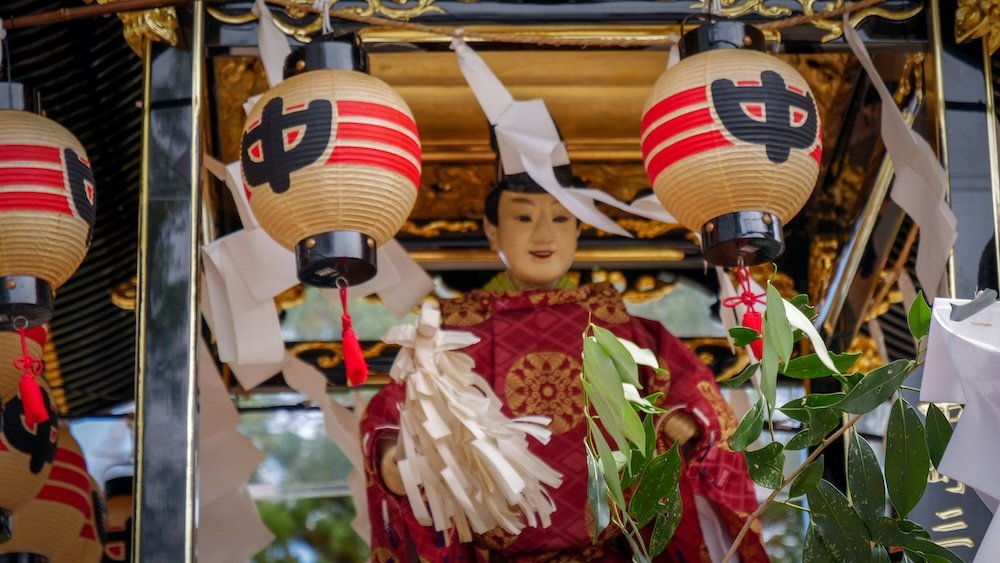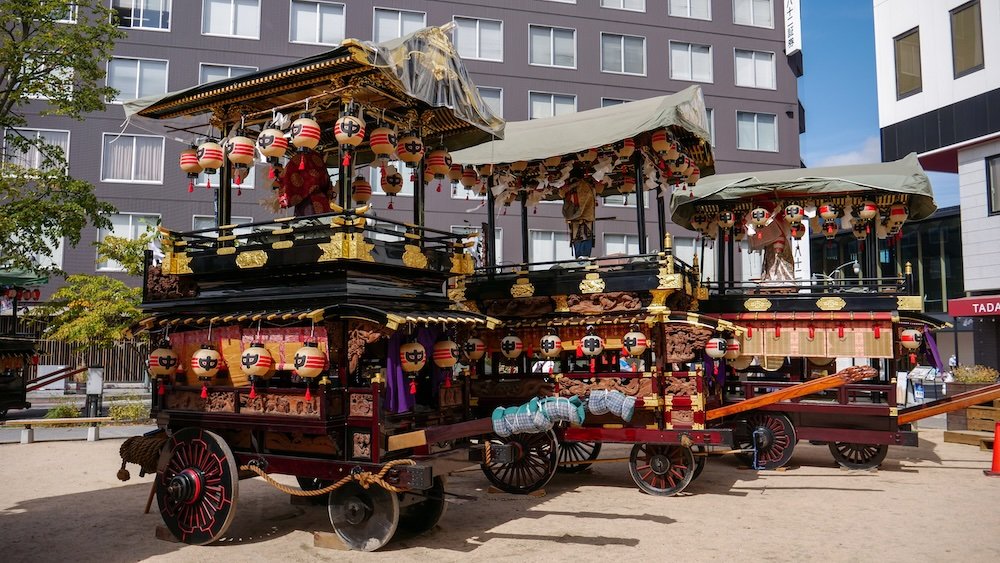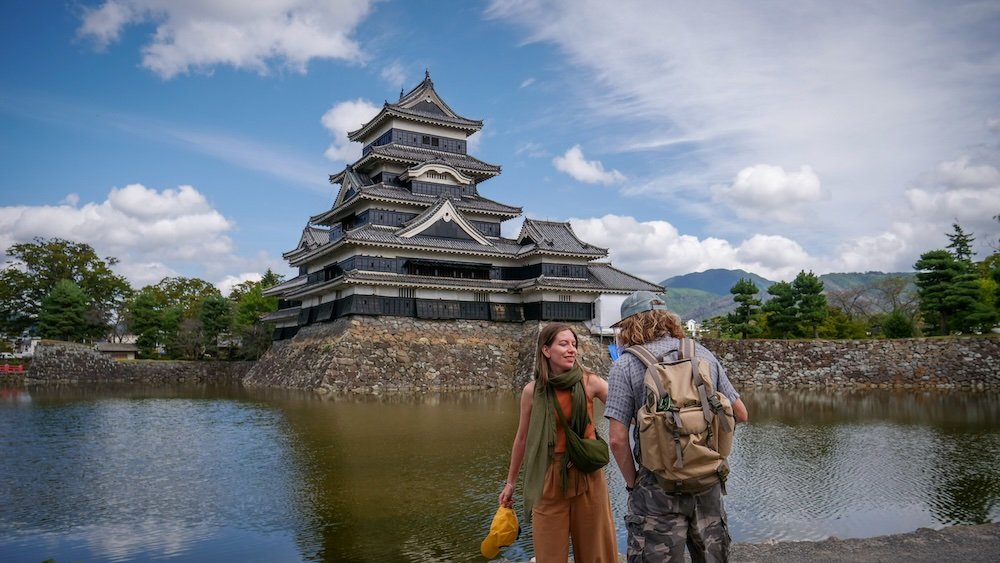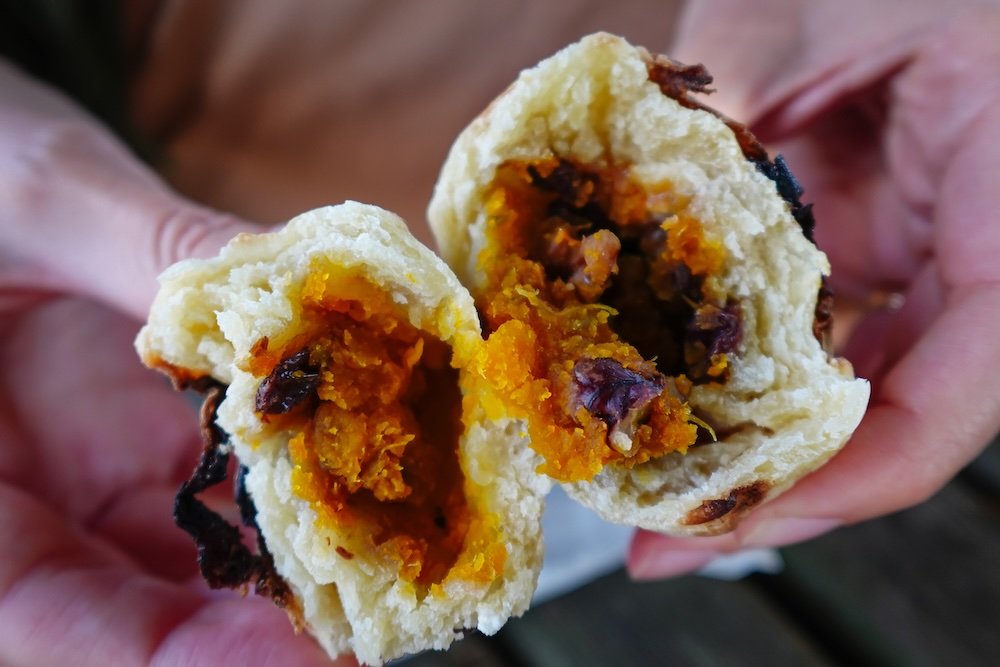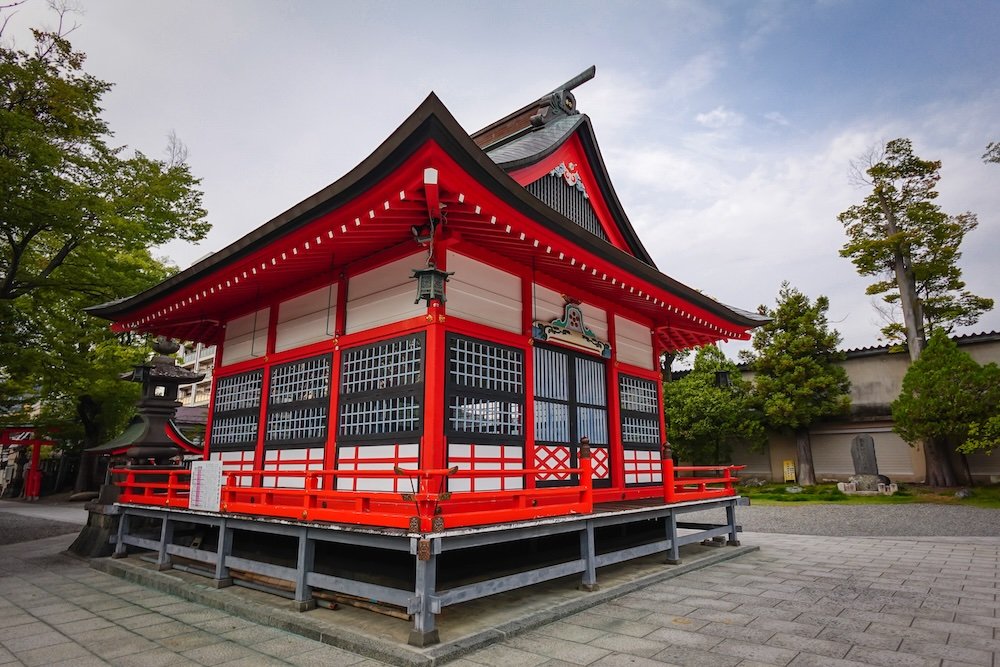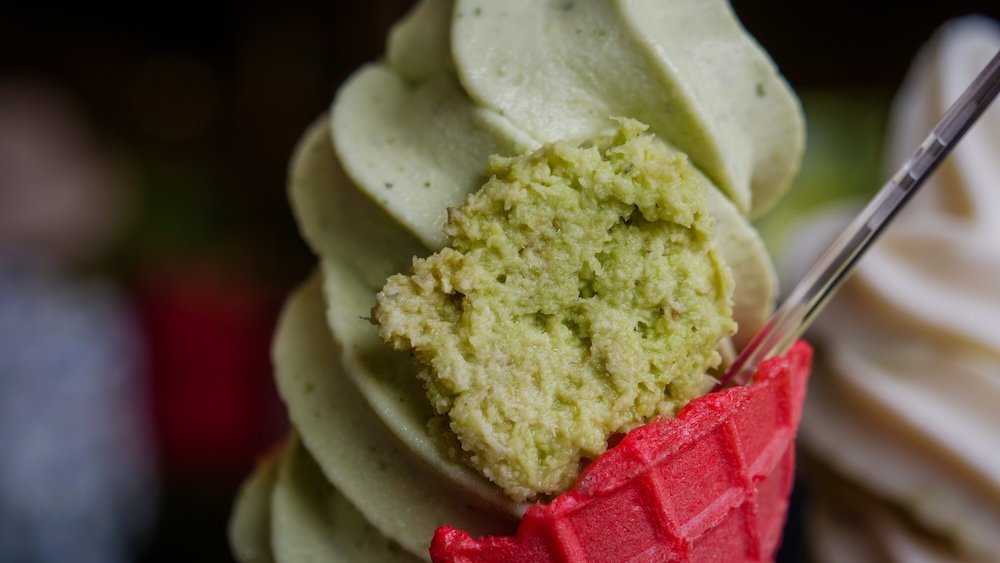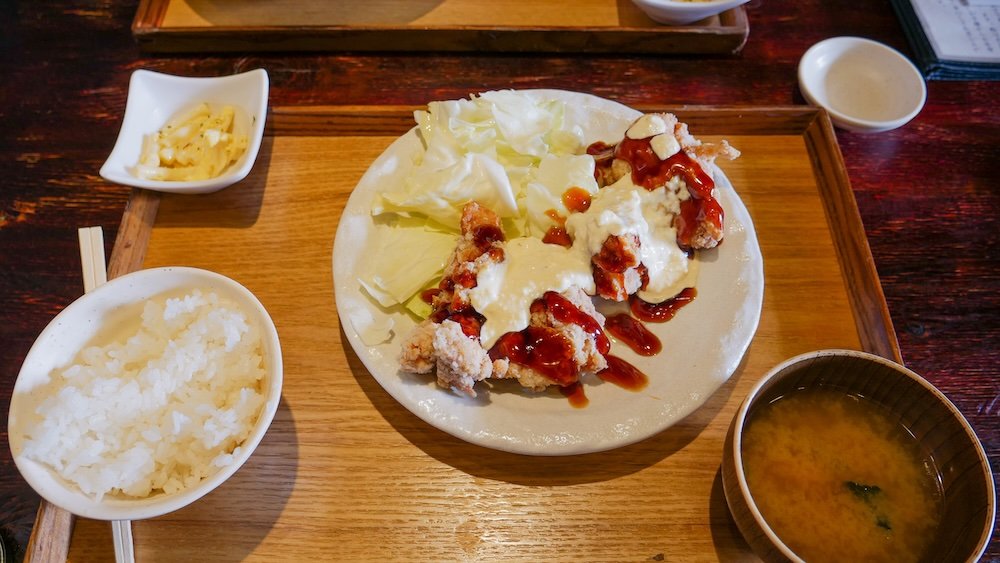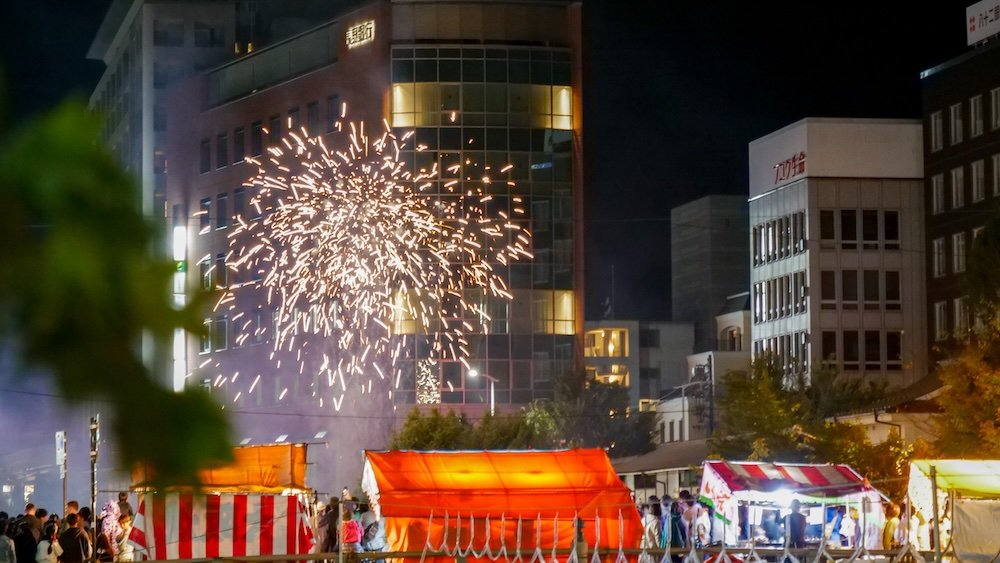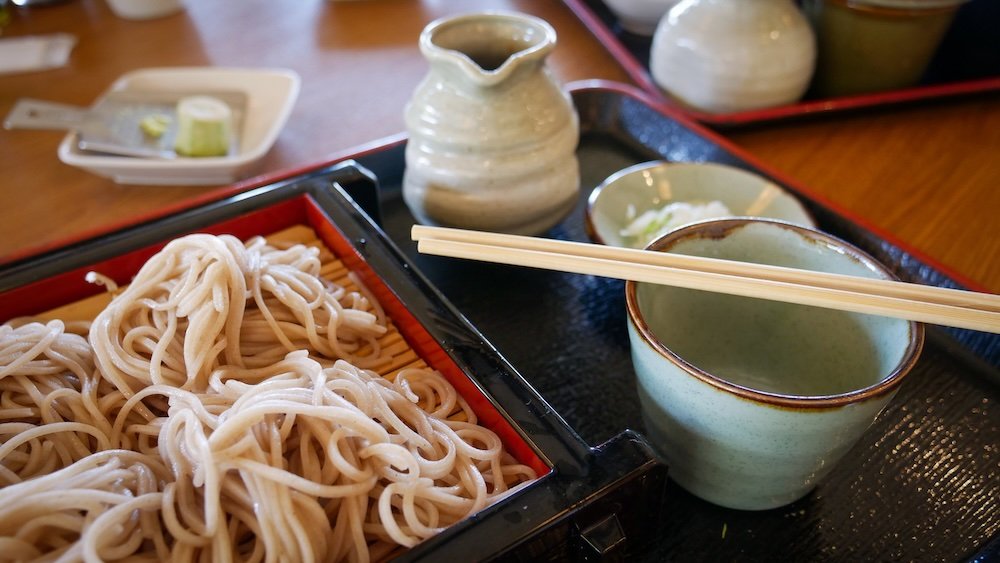Surrounded by mountains in the heart of Nagano Prefecture, Matsumoto is a well-rounded destination.
With cultural highlights that include an authentic castle and natural attractions like waterfalls and onsens, it is a solid place to visit on a tour of the Japanese Alps.
Come check out our Matsumoto travel guide as we cover the best things to do in Matsumoto, Japan.
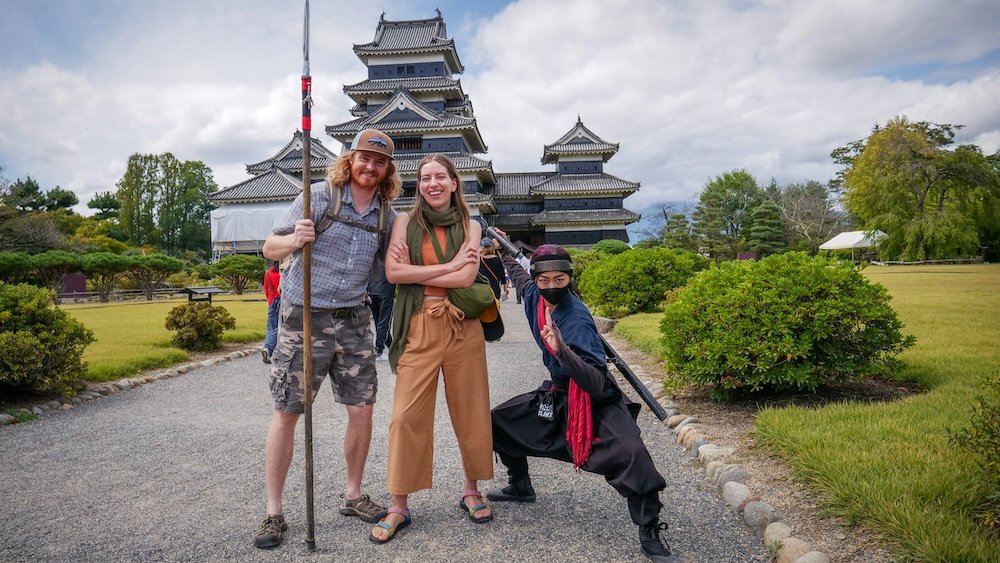
Top Attractions
Begin your sightseeing in the region by spending time exploring Matsumoto Castle. Built in the Edo Period and maintained in its original form, this castle has an air of authenticity about it that many other castles in Japan lack.
Called the ‘crow castle’ for its black exterior, its colour was chosen specifically to intimidate invading armies. Today, its keep is repeatedly ‘invaded’ by tourists who come to admire its form, as well as the spectacular mountain scenery that rises up around it.
It is an especially popular place to be in the spring, as its grounds are home to scores of cherry trees. Exploding into hues of pink as the Matsumoto region transitions from winter, it can get crowded at times, so try to come during the week if throngs of people bother you.
Sample the creative talent of this area’s artists by dropping by the Matsumoto City Museum of Art. An institution dedicated to modern art, the design of this building reflects the treasures contained within. Inside, you’ll find works by Matsumoto native Yayoi Kusama, who is noted for her colourful pop art, as well as Shinzan Kimijyo, a famed calligrapher.
The rest of the museum contains paintings, pottery, and the personal effects of other area artists – they may not be household names to foreign visitors, but their works will amaze you just the same.
source: Samuel and Audrey YouTube Channel: Nomadic Samuel + That Backpacker as hosts
More Attractions
Situated in the Japanese Alps, Matsumoto has developed a Swiss-like obsession with clocks. As such, it shouldn’t come as too big a surprise to find an attraction like the Matsumoto Timepiece Museum.
On the outside, you’ll find the biggest pendulum clock in all of Japan, and inside, exhibits show off 300 different pieces which date back to the Edo Period. Sourced directly from the collection of Chikazo Honda, it is an eclectic but engaging sight to take in during your time in Matsumoto.
Visitors who want to check out a religious point of interest while in Matsumoto should make a point to visit the Yohashira Shrine. A Shinto shrine that was built during the Meiji Period, it is graced with a grey torii gate.
Inside, you’ll find spots dedicated to the worship of four different Shinto deities. At its most busy during New Year celebrations and in the fall (when the trees are ablaze with seasonal colour), don’t miss this place if you are interested in observing the locals as they go about the spiritual aspects of their lives.
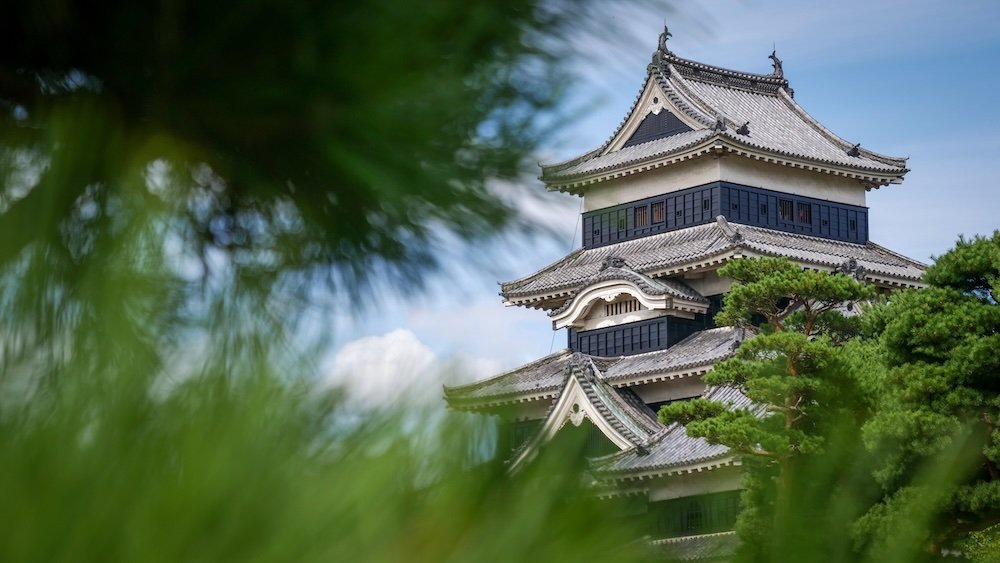
Other Attractions
Nature lovers will not want to miss out on taking a day trip from Matsumoto to Norikura Kogen. Referring to a wilderness area to the west of Matsumoto, you’ll have a variety of hiking trails, onsens, and spectacular views at your disposal.
Some walks end at a number of stunning waterfalls, with Sanbondaki easily being the most significant. A set of three falls that empty into the same mountain stream, it is a magnificent sight that will almost assuredly end up on your Instagram.
Sports lovers visiting the area in winter may want to take advantage of the small ski area located here. It may be tamer than nearby Nagano, but fewer crowds and lower prices will make up for this.

Attractions Continued
Haven’t got your fill of falling water during your visit to the Matsumoto area? Include the Zengoro Waterfalls in your travel itinerary. Tumbling 30 metres from the top of a cliff, this cataract may not be the most dramatic water feature you’ll ever see, but it isn’t disappointing either.
Note that its position in the wilderness means you may come across bears, so take bear bells with you, or make noise as you make your way to the gorge where Zengoro can be found.
Need to take a break as you explore Matsumoto? Have a seat on one of the park benches in Matsumoto Alps Park. In addition to the seasonal colours in the spring (cherry blossoms) and fall (leaves turning colour) and the views of the Alps in the distance, there are a few attractions worth a look.
Within its bounds, you’ll find a nature museum, a petting zoo, and an extensive playground for the kids. As such, you may find yourself lingering here longer than planned.
End your time in Matsumoto by shopping and dining on Nakamachi Street. There are over 40 eateries to choose from, with options ranging from regional Japanese to a plethora of international options. After eating, shop for local art or crafts, then finish your visit off with a coffee from one of this street’s excellent cafes.
source: Samuel and Audrey YouTube Channel: Hosted by Nomadic Samuel + That Backpacker
Top 11 Things To Do in Matsumoto, Japan For Visitors
What To Eat and Drink in Matsumoto, Japan
Let’s dive into some must-try foods and beverages that will make your visit to Matsumoto even more memorable.
Savor Soba Noodles: A Local Staple
Matsumoto is renowned for its delicious soba noodles, made from buckwheat flour sourced from the surrounding highlands. The clean mountain air and pure water contribute to the noodles’ exceptional quality and flavor. Served either hot in a savory broth or cold with a dipping sauce, soba is both a satisfying meal and a cultural experience. Many local restaurants specialize in soba, allowing you to watch the noodles being freshly prepared by hand. Don’t miss the chance to try “Shinshu soba,” a regional variety celebrated for its taste and texture.
- Freshly made noodles offer an authentic taste of Matsumoto.
- Variety of serving styles to suit different preferences.
- Cultural immersion as you observe traditional preparation methods.
Tip: Visit a soba-making workshop to learn how to make these noodles yourself—a fun and tasty souvenir!
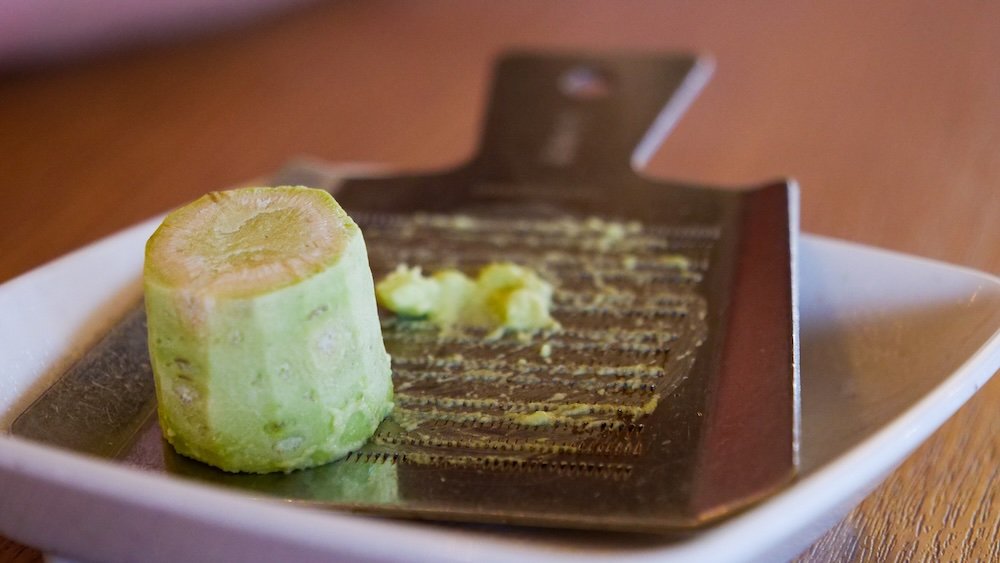
Indulge in Basashi: Horse Meat Sashimi
For the adventurous eater, basashi is a Matsumoto delicacy you won’t find everywhere. This dish consists of thinly sliced raw horse meat, served sashimi-style with soy sauce and grated ginger or garlic. Despite initial hesitation, many who try basashi appreciate its tender texture and surprisingly mild flavor. It’s a traditional food in the Nagano region, often enjoyed with a glass of local sake. Sampling basashi offers a unique insight into regional culinary traditions.
- Unique local specialty not commonly found outside the area.
- High-quality meat that’s carefully prepared for safety and taste.
- Served in reputable restaurants that specialize in traditional dishes.
Tip: If you’re unsure, consider sharing an order with friends to get a taste without committing to a full portion.
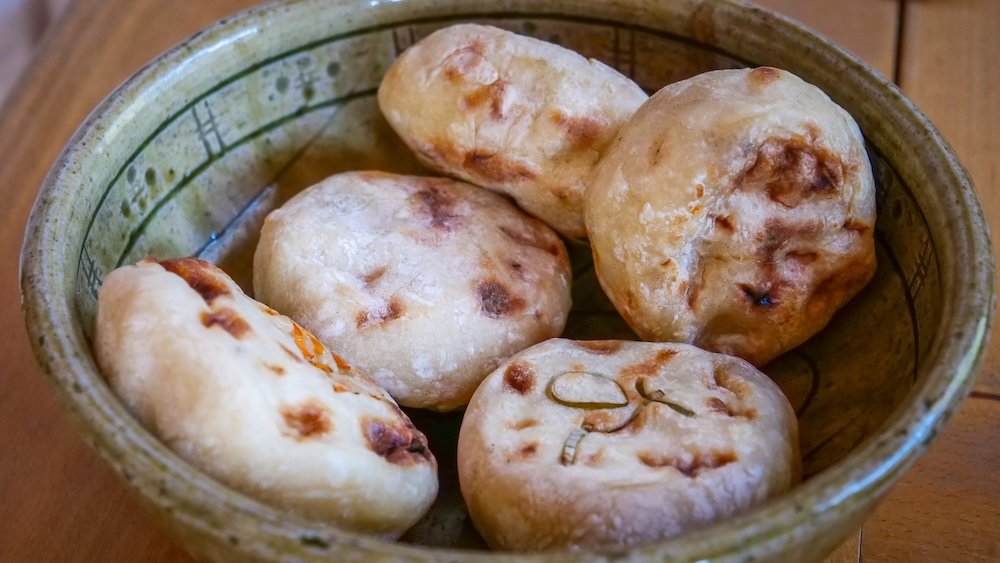
Enjoy Oyaki Dumplings: A Comforting Snack
Oyaki are savory dumplings that are a beloved comfort food in Matsumoto. Made from a simple dough of buckwheat or wheat flour, they’re stuffed with various fillings like miso-seasoned vegetables, pumpkin, or sweet red bean paste. The dumplings are then roasted on an iron pan and steamed, giving them a satisfying chewiness. Perfect as a quick snack or a light meal, oyaki are both filling and flavorful. Street vendors and local shops offer these treats hot and ready to eat.
- Variety of fillings means there’s an oyaki for everyone.
- Affordable and portable, ideal for on-the-go munching.
- Vegetarian-friendly options available for plant-based diets.
Tip: Try oyaki from different vendors to experience a range of flavors and cooking styles.
Sip on Local Sake and Wine
The Nagano region, including Matsumoto, is famous for its high-quality sake and emerging wine industry. The pristine water from the Japanese Alps contributes to the purity and flavor of the local sake. Visiting a sake brewery allows you to taste different varieties and learn about the brewing process. Matsumoto’s wineries produce excellent wines from grapes grown in the nearby hills, offering tastings in picturesque settings. Enjoying these beverages is a delightful way to unwind after a day of exploring.
- Sake breweries and tasting rooms provide educational experiences.
- Local wines offer a new perspective on Japanese beverages.
- Beautiful settings enhance the enjoyment of your drink.
Tip: Remember to drink responsibly and consider booking a guided tour to visit multiple breweries or wineries safely.
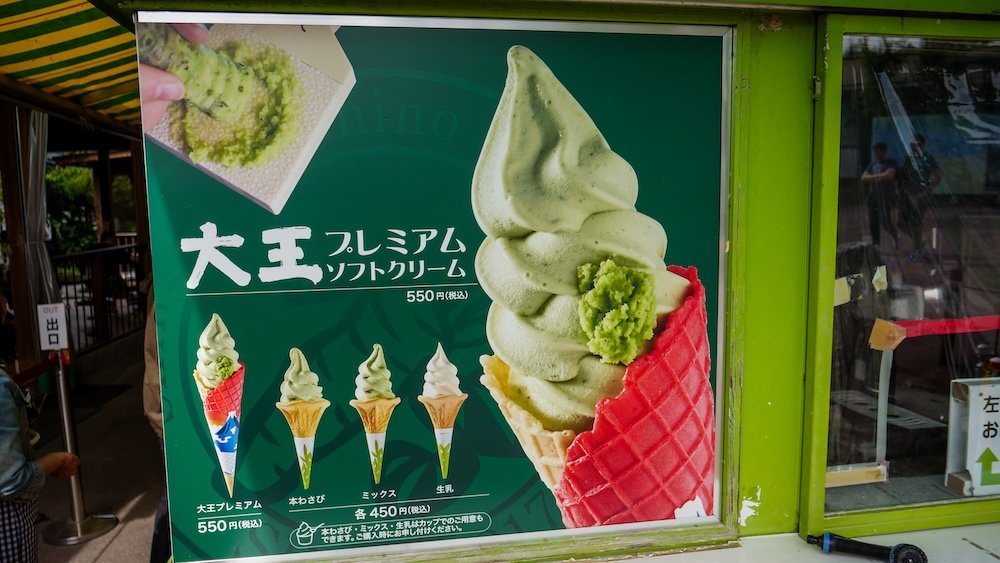
Treat Yourself to Wasabi-Flavored Delights
Given its proximity to the Daio Wasabi Farm, Matsumoto offers a range of wasabi-infused foods. Beyond the typical use as a condiment, wasabi is incorporated into ice cream, chocolates, and even beer in this region. The fresh wasabi has a more nuanced flavor compared to the processed paste, offering a spicy yet sweet taste. Trying these wasabi treats is both a culinary adventure and a testament to the local agriculture.
- Unique flavor combinations you won’t find elsewhere.
- Fresh wasabi products offer a true taste of the region.
- Great souvenir options for food-loving friends and family.
Tip: Start with wasabi ice cream for a milder experience before venturing into spicier offerings.
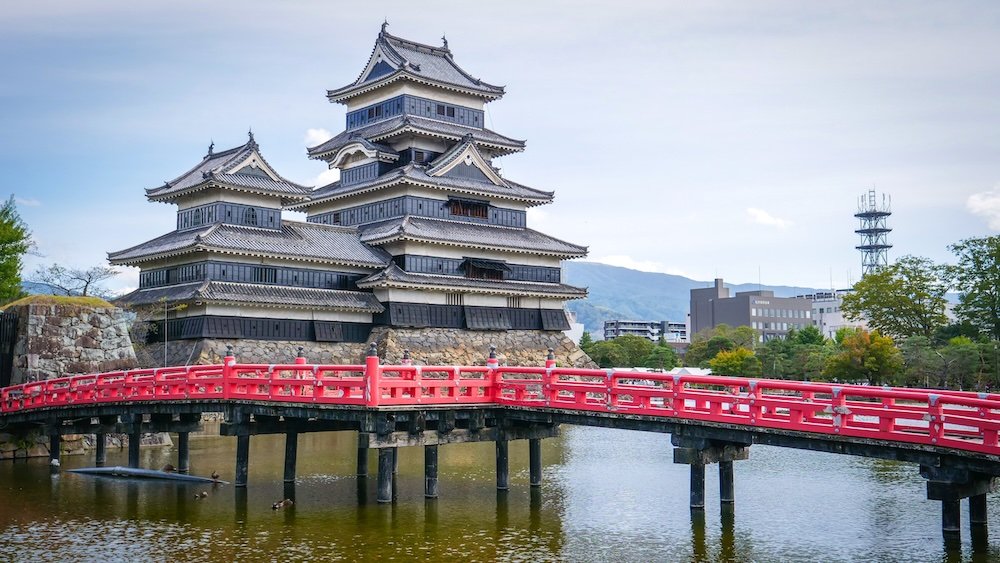
Tours For Visitors To Matsumoto, Japan
Let’s look at some of the top tours available for visitors to Matsumoto.
1. Matsumoto Castle Guided Tour
Dive deep into history with a guided tour of Matsumoto Castle, one of Japan’s most treasured castles. A knowledgeable guide will walk you through the castle’s rich past, explaining its architectural features and the stories behind them. You’ll learn about the samurai warriors who once defended these walls and the strategic importance of the castle during feudal times. Climbing the steep stairs to the top floor rewards you with panoramic views of the city and surrounding mountains. It’s not just a tour; it’s a journey back in time.
- Expert guides provide fascinating historical context.
- Explore hidden corners of the castle not easily found on your own.
- Interactive storytelling brings the castle’s history to life.
Tip: Wear comfortable shoes—the castle’s stairs are steep and can be challenging to navigate.
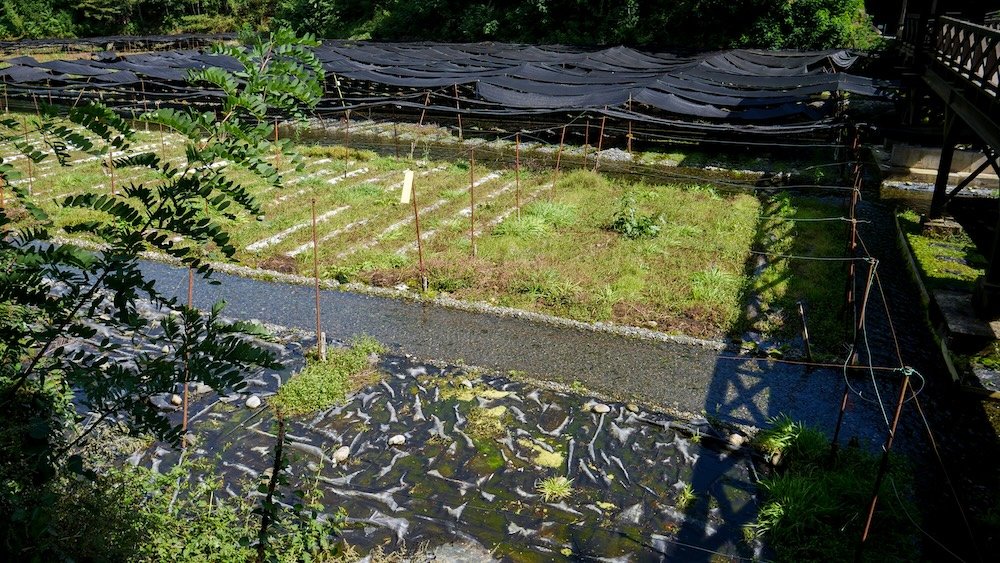
2. Daio Wasabi Farm Tour
Experience the unique world of wasabi cultivation with a tour of Daio Wasabi Farm. A guide will lead you through the expansive fields, explaining the delicate process of growing wasabi, which requires pristine water and specific conditions. You’ll get to see traditional watermills and even taste fresh wasabi products, from wasabi-flavored ice cream to wasabi beer. The farm’s picturesque scenery makes it a great spot for photography enthusiasts. This tour is both educational and delicious!
- Learn about wasabi farming techniques and challenges.
- Sample a variety of wasabi-infused foods you won’t find elsewhere.
- Enjoy beautiful landscapes complete with rivers and water features.
Tip: Don’t forget your camera—the scenic views are Instagram-worthy!
3. Matsumoto City Art and Culture Walking Tour
Immerse yourself in the local art scene with a guided walking tour of Matsumoto’s cultural hotspots. The tour includes visits to the Matsumoto City Museum of Art, featuring works by Yayoi Kusama, and stops at various art galleries and artisan workshops. You’ll also explore historical neighborhoods, learning about traditional crafts and architecture. This tour offers a rich blend of contemporary and traditional Japanese art. It’s perfect for art lovers and culture enthusiasts alike.
- Discover hidden art galleries and local artists.
- Learn about Matsumoto’s artistic heritage and famous residents.
- Participate in hands-on activities, like pottery or printmaking.
Tip: Wear comfortable walking shoes and be prepared for a full day of exploration.
4. Soba Making Workshop and Farm Visit
Get hands-on with a soba noodle-making workshop, where you’ll learn to make this local delicacy from scratch. Under the guidance of a skilled instructor, you’ll grind buckwheat, knead the dough, and slice the noodles. Afterward, enjoy your handmade soba in a traditional setting. Some tours also include a visit to a local farm, where you can see where the buckwheat is grown and learn about sustainable farming practices. It’s a fulfilling experience that connects you to the region’s culinary roots.
- Learn traditional soba-making techniques from experienced chefs.
- Enjoy a delicious meal of your own handmade noodles.
- Visit a local farm to understand the farm-to-table journey.
Tip: Inform the organizers of any dietary restrictions in advance to ensure accommodations can be made.
5. Cycling Tour of the Japanese Alps
For adventure seekers, a cycling tour through the foothills of the Japanese Alps is a must. Guided by local experts, you’ll ride through stunning landscapes, passing rice fields, orchards, and quaint villages. The tour often includes stops at historical sites and hidden gems off the typical tourist path. It’s a refreshing way to experience Matsumoto’s natural beauty and rural life. Suitable for various fitness levels, it’s both invigorating and scenic.
- Experience breathtaking mountain views and fresh alpine air.
- Visit local landmarks like shrines and old farmhouses.
- Enjoy a picnic lunch featuring regional specialties.
Tip: Dress in layers and bring a light jacket—the mountain air can be crisp even on sunny days.
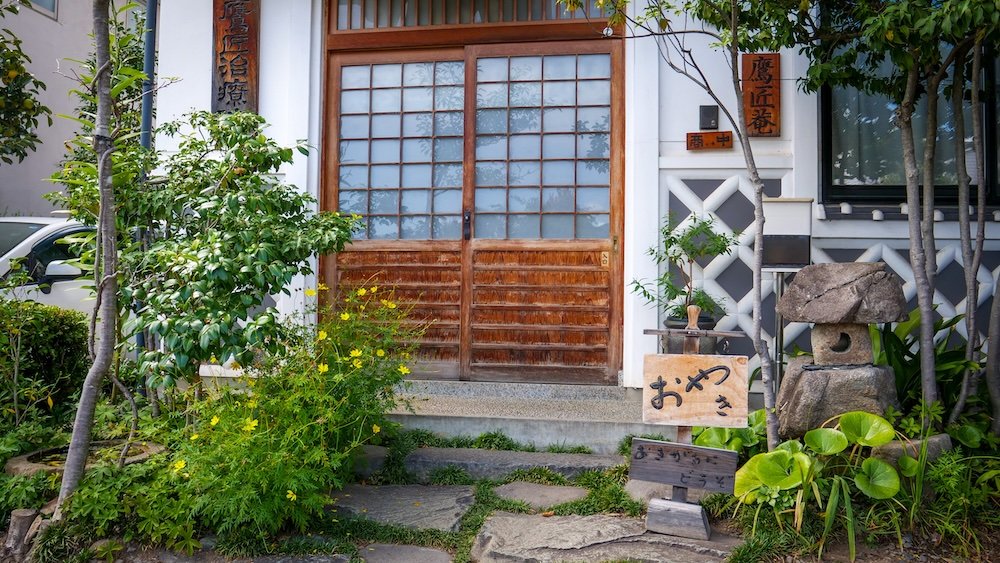
Matsumoto Accommodations Guide: Hotels, Guesthouses and Hostels
Let’s explore the some accommodation options in Matsumoto, ensuring your visit is as comfortable as it is memorable.
Hotels: Comfort and Convenience in the Heart of the City
Matsumoto’s hotels offer a blend of modern amenities and traditional Japanese hospitality. Staying in a hotel provides the convenience of central locations, often within walking distance of major attractions like Matsumoto Castle and Nakamachi Street. Many hotels feature spacious rooms with contemporary designs, providing a relaxing retreat after a day of exploration. Some even offer on-site onsens (hot springs), allowing you to unwind in soothing mineral waters. With attentive staff ready to assist you, hotels in Matsumoto ensure a hassle-free stay.
- Prime locations near shopping, dining, and sightseeing spots.
- Modern facilities including Wi-Fi, air conditioning, and flat-screen TVs.
- On-site dining options serving both Japanese and Western cuisine.
Tip: Book your hotel in advance during peak seasons like cherry blossom time to secure the best rooms and rates.
Guesthouses: Experience Authentic Japanese Living
For a more immersive cultural experience, consider staying in a traditional Japanese guesthouse, or ryokan. These accommodations often feature tatami-matted rooms, sliding paper doors, and futon beds, offering a glimpse into traditional Japanese living. Many guesthouses include communal baths and provide yukata robes for guests, enhancing the authentic atmosphere. Hosts are typically locals who are passionate about sharing their culture, and they might even prepare homemade meals using regional ingredients. It’s a cozy and personal way to experience Matsumoto.
- Cultural immersion with traditional architecture and customs.
- Personalized hospitality from friendly and knowledgeable hosts.
- Homemade meals featuring local specialties like soba noodles.
Tip: Learn a few basic Japanese phrases to communicate with your hosts and show appreciation for their hospitality.
Hostels: Budget-Friendly and Social
Travelers on a budget will find Matsumoto’s hostels to be both affordable and welcoming. Hostels provide basic accommodations with options for private or shared rooms, making them ideal for solo travelers or groups. They often have communal areas like kitchens and lounges, fostering a social environment where you can meet fellow adventurers. Many hostels are located near public transportation hubs, simplifying your travel plans. Staying in a hostel allows you to save money without sacrificing comfort or location.
- Economical rates that free up your budget for activities and dining.
- Social atmosphere perfect for meeting new people and sharing travel tips.
- Essential amenities like free Wi-Fi, lockers, and laundry facilities.
Tip: Bring earplugs and an eye mask to ensure a good night’s sleep in shared dormitories.
Unique Stays: Temple Lodgings and Farmhouses
If you’re seeking something off the beaten path, consider unique accommodations like temple lodgings or rural farmhouses. Temple lodgings, known as shukubo, offer the chance to stay within a working Buddhist temple, participating in morning prayers or meditation sessions. Farmhouse stays immerse you in rural life, where you might help with farming activities or learn to cook local dishes. These experiences provide deeper connections to Japanese culture and create lasting memories.
- Spiritual experiences at temple lodgings with meditation and rituals.
- Rural charm of farmhouses nestled in the countryside.
- Hands-on activities that enrich your understanding of local traditions.
Tip: Check availability and book early, as these unique accommodations often have limited rooms.

Day Trips From Matsumoto, Japan
Let’s delve into some of the best day trips you can take from Matsumoto.
1. Discover the Alpine Beauty of Kamikochi
Nestled in the Northern Japanese Alps, Kamikochi is a mountain paradise that captivates visitors with its pristine beauty. The area boasts crystal-clear rivers, lush forests, and towering peaks like Mt. Hotaka and Mt. Yakedake. A network of well-maintained trails makes it ideal for hikers of all levels, from leisurely walks along the Azusa River to challenging climbs up the surrounding mountains. The iconic Kappa Bridge offers a stunning viewpoint, and the area’s abundant wildlife adds to its allure. Kamikochi is open from mid-April to mid-November, and each season offers a unique landscape to enjoy.
- Stunning alpine scenery perfect for photography and nature lovers.
- Variety of hiking trails suitable for all fitness levels.
- Accessible by bus from Matsumoto, making it a convenient day trip.
Tip: Visit in autumn to witness the spectacular fall foliage that transforms the valley into a canvas of reds and golds.
2. Step Back in Time on the Nakasendo Trail in Kiso Valley
The Kiso Valley offers a journey into Japan’s Edo period along the historic Nakasendo Trail. This ancient route once connected Kyoto and Edo (now Tokyo), and today, you can hike between the beautifully preserved post towns of Magome and Tsumago. The trail is a gentle 8-kilometer walk through forests and countryside, dotted with traditional houses, tea shops, and waterfalls. Tsumago and Magome are meticulously restored, allowing you to experience the atmosphere of a bygone era. It’s a delightful way to combine history, culture, and natural beauty in one trip.
- Authentic Edo-period towns offering a glimpse into Japan’s past.
- Scenic hike that’s well-marked and suitable for most travelers.
- Opportunity to interact with locals and enjoy regional cuisine.
Tip: Start early in the day to avoid crowds and take your time exploring each town along the trail.
3. Visit the Snow Monkeys at Jigokudani Monkey Park
Witness the unique sight of wild Japanese macaques bathing in natural hot springs at Jigokudani Monkey Park. Located in the Yokoyu Valley, the park is famous for its population of “snow monkeys” that come down from the mountains during winter to soak in the warm waters. Even outside of winter, the monkeys are active and entertaining to watch in their natural habitat. A gentle 1.6-kilometer walk through the forest leads you to the hot spring area, where you can observe and photograph these fascinating creatures up close.
- Unique wildlife experience you won’t find elsewhere.
- Easy access via public transportation from Matsumoto.
- Year-round attraction, with each season offering different scenery.
Tip: Wear sturdy shoes as the path can be slippery, especially in winter months.
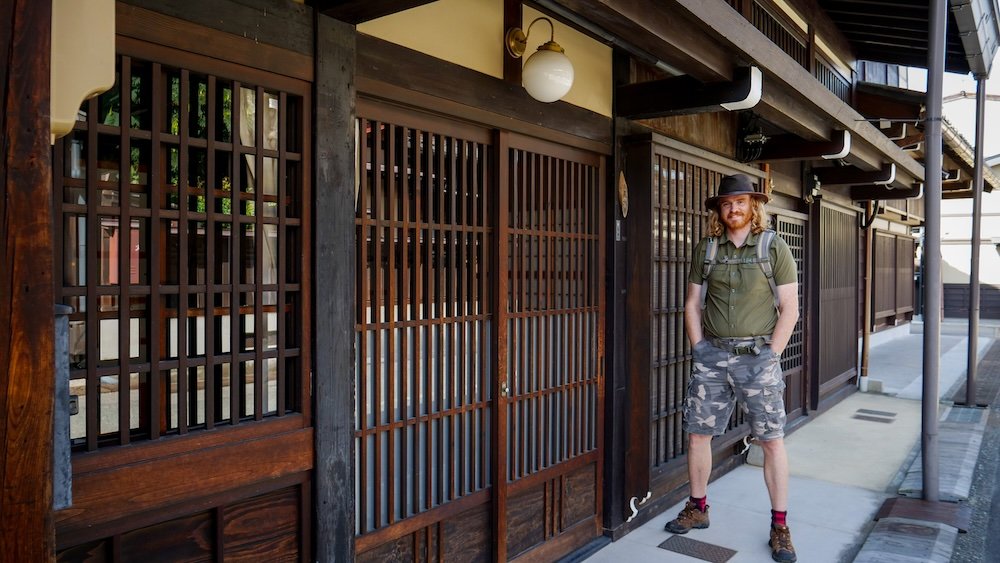
4. Explore the Historic Town of Takayama
Takayama, often called “Little Kyoto,” is a beautifully preserved town known for its traditional architecture and vibrant festivals. Stroll through the Sanmachi Suji district, where wooden merchant houses from the Edo period line the streets, now housing museums, shops, and sake breweries. Visit the morning markets along the Miyagawa River to sample local produce and crafts. The Takayama Jinya, a former government outpost, offers insights into the region’s history. With its rich cultural heritage and charming atmosphere, Takayama makes for a rewarding day trip.
- Historic districts that transport you to Japan’s past.
- Delicious local cuisine, including Hida beef and regional sake.
- Cultural attractions like museums and traditional workshops.
Tip: Check the festival calendar—if you time your visit during the Takayama Festival in spring or autumn, you’ll witness one of Japan’s most famous celebrations.
5. Relax in the Hot Springs of Shirahone Onsen
Escape to the tranquil mountain village of Shirahone Onsen, renowned for its milky-white hot spring waters. The mineral-rich baths are said to have healing properties and are perfect for relaxing amidst nature. The name “Shirahone” literally means “white bone,” referring to the color of the water. Many ryokan (traditional inns) offer day-use of their onsen facilities, allowing you to soak while enjoying views of the surrounding forests. It’s an ideal way to unwind and experience Japanese onsen culture.
- Healing hot springs with unique milky-white waters.
- Serene natural setting for ultimate relaxation.
- Traditional ryokan experiences, even for day visitors.
Tip: Remember to follow onsen etiquette—wash thoroughly before entering the bath and be mindful of others sharing the space.
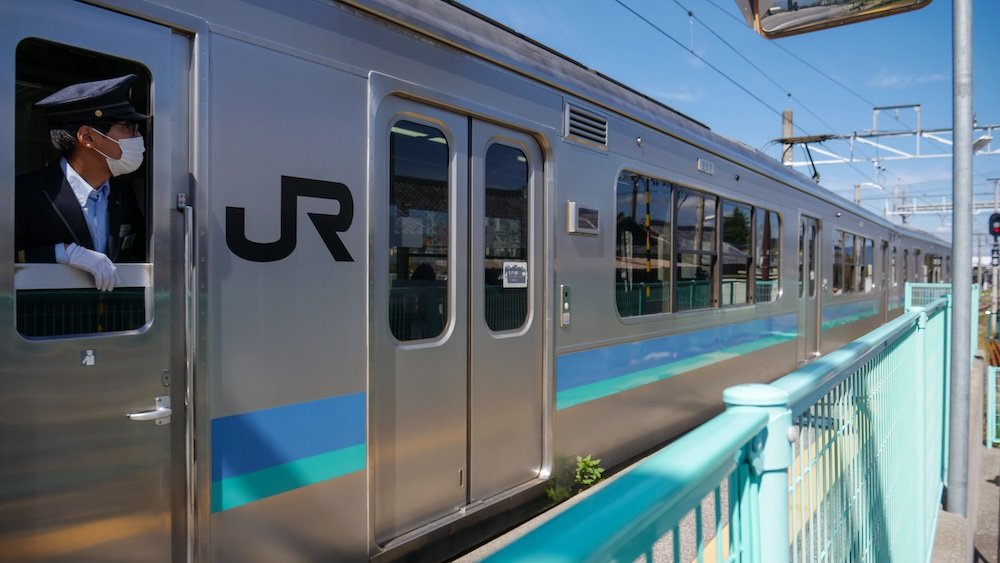
Matsumoto Transportation Guide
In Matsumoto, getting around is a breeze once you know your options.
Walking: The Best Way to Explore the Heart of Matsumoto
One of the most enjoyable ways to experience Matsumoto is on foot. The city’s compact size and well-organized streets make it ideal for walking. As you wander, you’ll stumble upon hidden gems like quaint shops, cozy cafes, and historical buildings that you might miss otherwise. Walking allows you to fully immerse yourself in the local atmosphere, taking in the sights, sounds, and even the subtle scents of the city. Plus, it’s an excellent way to work off all the delicious food you’ll be indulging in!
- Close proximity of attractions means less time commuting, more time exploring.
- Safe and clean streets make for a pleasant walking experience.
- Opportunities to discover unexpected points of interest along the way.
Tip: Wear comfortable shoes and consider carrying a small umbrella—weather can be unpredictable, and you don’t want a little rain to dampen your adventure!
Bicycling: Pedal Through Picturesque Landscapes
Cycling is a popular and efficient way to navigate Matsumoto. Numerous rental shops offer bicycles for a day or even longer periods. The city is relatively flat, making it easy for riders of all levels to get around. Bike paths and designated lanes ensure a safe journey, whether you’re heading to Matsumoto Castle or exploring the outskirts. Cycling gives you the freedom to cover more ground than walking, all while enjoying the fresh air and scenic views.
- Affordable rental rates make biking accessible to everyone.
- Eco-friendly transportation option that reduces your carbon footprint.
- Flexibility to stop anytime, allowing you to take spontaneous detours.
Tip: Always lock your bike when leaving it unattended—bike thefts are rare but better safe than sorry!
Matsumoto’s Local Bus System: Convenient and Comprehensive
The local bus system in Matsumoto is efficient and covers most areas you’d want to visit. Alpico Bus operates the city’s network, connecting major attractions, shopping districts, and residential areas. Buses are clean, punctual, and easy to navigate, with stops announced in both Japanese and English. You can purchase a day pass for unlimited rides, which is especially handy if you plan on hopping between multiple sites. It’s a cost-effective way to reach destinations that are a bit too far to walk or bike.
- Day passes available for unlimited travel, saving you money.
- Bilingual announcements and signage make it user-friendly for international visitors.
- Regular schedules mean minimal waiting times between buses.
Tip: Keep some small change handy for bus fares, as not all buses accept credit cards or offer change for large bills.
Trains: Connecting Matsumoto to the Region
While Matsumoto itself is walkable, trains are your gateway to exploring the surrounding areas. The city’s main station, Matsumoto Station, is a hub for both JR (Japan Railways) and private lines. Trains provide quick and comfortable access to nearby attractions, such as the Daio Wasabi Farm or the Kiso Valley. The Shinano Limited Express can whisk you to Nagano City or even as far as Nagoya. Traveling by train is not just about reaching your destination—it’s also about enjoying the scenic routes along the way.
- Frequent departures make planning your day trips convenient.
- JR Pass compatible, allowing unlimited travel for pass holders.
- Onboard amenities like comfortable seating and restrooms enhance your journey.
Tip: Consider purchasing an IC card like Suica or Pasmo for seamless transfers between trains and buses without the hassle of buying individual tickets.
Taxis: Convenient Door-to-Door Service
When convenience is key, taxis are readily available throughout Matsumoto. Taxi stands are typically found near major hotels, train stations, and shopping centers. Drivers are professional and the vehicles are clean and well-maintained. While more expensive than public transportation, taxis offer the comfort of direct routes to your destination. They’re especially handy late at night or when you’re carrying heavy luggage.
- 24/7 availability ensures you can get a ride whenever you need one.
- Knowledgeable drivers who often know the quickest routes and can offer local tips.
- Option for larger vehicles if you’re traveling with a group or extra baggage.
Tip: Have your destination written in Japanese or show it on a map—this helps avoid any language barriers and ensures you arrive at the right place.
Rental Cars: Freedom to Explore at Your Own Pace
If you’re planning to venture into the countryside or prefer a private mode of transportation, renting a car is a great option. Several rental agencies are located near Matsumoto Station, offering vehicles ranging from compact cars to larger vans. Driving allows you to explore remote areas, scenic routes, and hidden gems that aren’t easily accessible by public transport. Remember, in Japan, driving is on the left side of the road, and you’ll need an International Driving Permit.
- Flexibility to create your own itinerary, stopping wherever and whenever you like.
- Access to off-the-beaten-path locations not served by buses or trains.
- Comfort and convenience of traveling in your own space, especially in adverse weather.
Tip: GPS navigation systems are usually available—request an English-language GPS to make your journey smoother.
Ride-Sharing and Apps: Modern Solutions for Travelers
While not as widespread as in some countries, ride-sharing apps like Uber are gradually making their way into Matsumoto. These services can be a convenient alternative to taxis, often offering competitive pricing. Using an app eliminates the need for cash transactions and can provide an estimated fare upfront. It’s a modern solution that combines convenience with technology, fitting seamlessly into the travel routines of tech-savvy visitors.
- Cashless payments make transactions hassle-free.
- Real-time tracking lets you know exactly when your ride will arrive.
- User reviews and ratings help ensure a quality experience.
Tip: Ensure your app is set up with a payment method that works in Japan—some international cards may not be accepted.
Getting To and From Matsumoto Airport
Matsumoto Airport, also known as Shinshu Matsumoto Airport, connects the city to major destinations like Sapporo and Fukuoka. While small, the airport is efficient and easy to navigate. To get to the city center, you can take a direct bus, hire a taxi, or rent a car right at the airport. The journey to downtown Matsumoto takes about 30 minutes. Having multiple options ensures you can choose the mode of transport that best fits your schedule and comfort level.
- Direct buses align with flight schedules for minimal waiting.
- Taxi services provide quick and direct access to your accommodation.
- Car rentals at the airport allow you to start your journey immediately upon arrival.
Tip: Check the bus timetable in advance, as services may be less frequent outside of peak hours or on weekends.
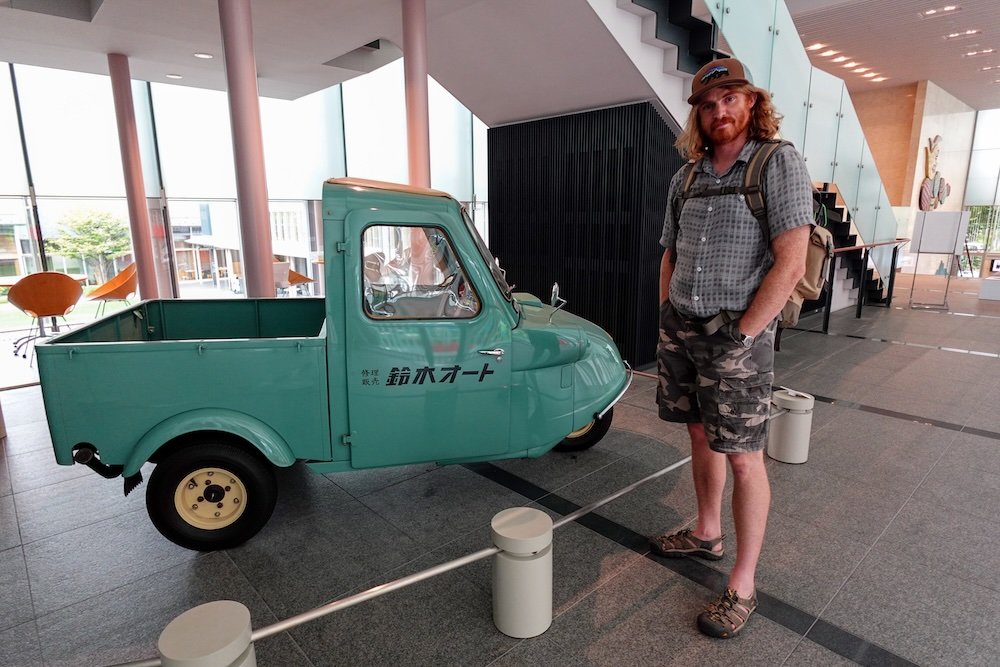
Matsumoto Travel Guide: Final Thoughts
Anticipating an Unforgettable Journey
As you prepare for your trip to Matsumoto, the excitement is surely building. The thought of exploring a city where history meets modernity is exhilarating. You’re about to walk the streets lined with traditional wooden houses and experience the grandeur of Matsumoto Castle firsthand. The allure of tasting authentic Japanese cuisine and immersing yourself in local culture is irresistible. Matsumoto promises a tapestry of experiences that will leave you with lasting memories.
- Embrace the rich heritage that awaits around every corner.
- Look forward to culinary delights unique to this region.
- Prepare for breathtaking natural beauty in the surrounding landscapes.
Tip: Pack a good camera—you’ll want to capture the stunning sights you’ll encounter!

